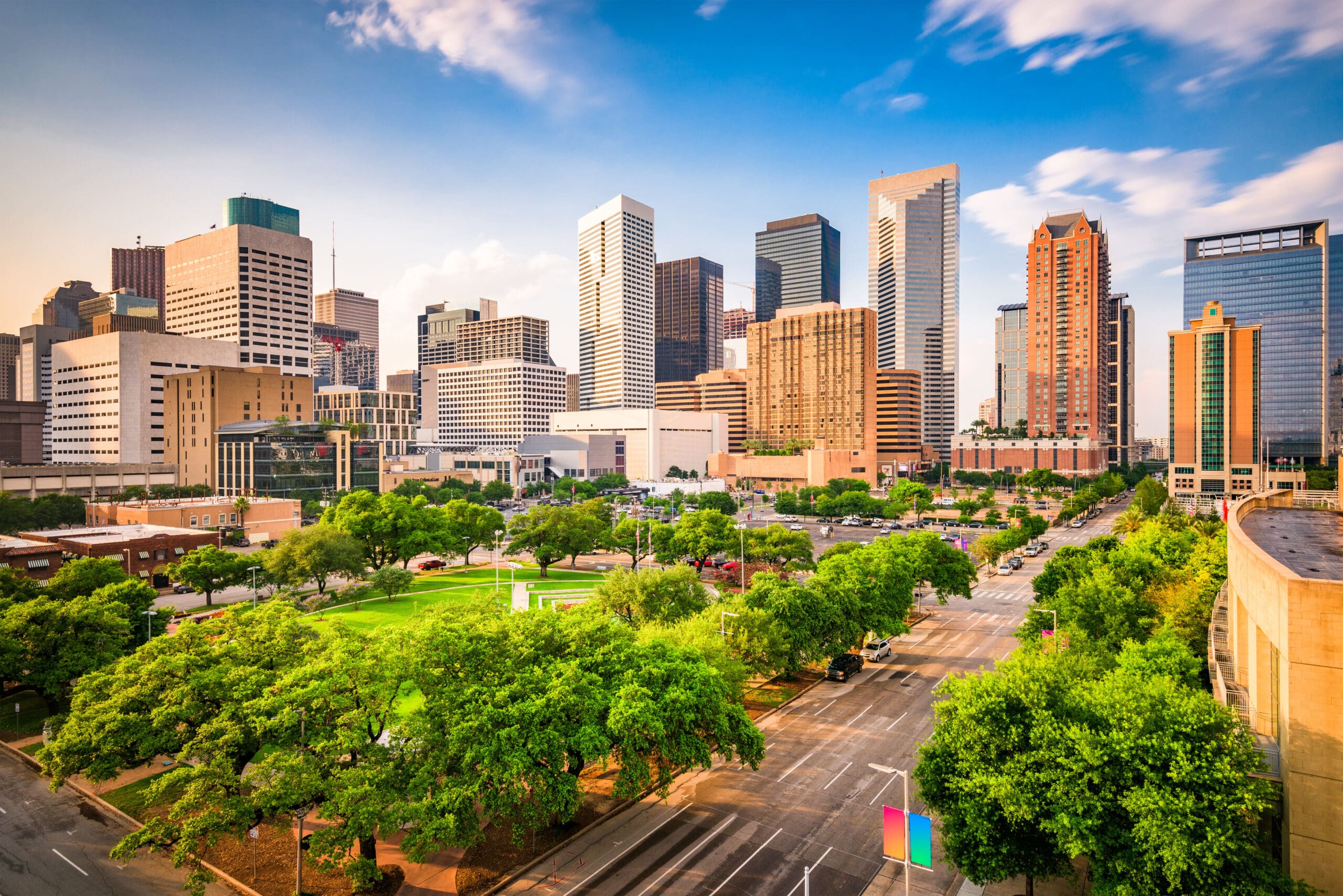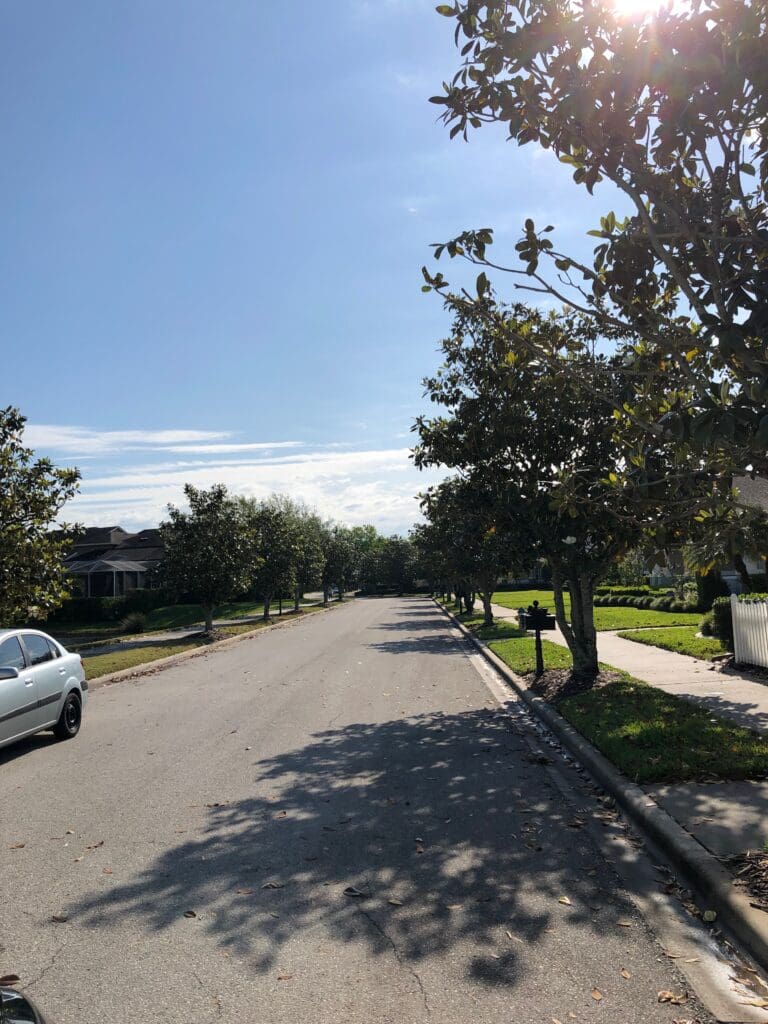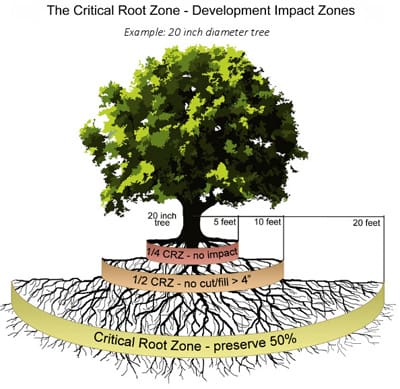
Urban tree canopies can lower air temperatures, reduce air pollution, mitigate the heat island effect and prevent stormwater runoff. However, as cities seek to increase their urban tree canopies, they are faced with the dilemma of finding trees that can tolerate these concrete jungles.

Manny Nassar, technical advisor for Southeast U.S. residential/commercial service line with the Davey Institute, says honey locusts, lacebark elms, Southern magnolias, crape myrtles and live oaks are all species that do the best in hot, urban environments.
He says their heat tolerance is why live oaks are so prevalent from South Carolina to Texas. Nassar adds that red maples commonly are used in street planting because they can handle the heat and control air pollution.
Trees that do not do well in the heat include hemlocks, Japanese maples, dogwoods, American beeches and sugar maples.
When planting trees in hot urban environments, Nassar advises selecting the right species and avoiding planting near hard structures.
“You don’t want to plant a bunch of trees within 10 feet of a home or a building,” Nassar says. “Unless its root system doesn’t need a lot of that soil area, but most of your hardwood shade trees are going to require a lot of root space.”
Nassar notes you have to consider the tree’s mature critical root zone when planting. Often cities try to install trees that have a critical root zone larger than the space allotted to the tree.
The critical root zone area is one and a half times the size of the trunk. While planting a four-inch diameter tree isn’t a problem, as the tree matures, it will need more space for its root system.

“As that tree expands, and you start getting into a 30-inch tree now you’re talking about feet where you need root systems for that tree to survive,” Nassar says.
These roots will end up damaging hard surfaces like sidewalks, or the tree will eventually fail.
Nassar recommends installing a root barrier that will stop roots from growing in a certain direction. He notes this can become an issue eventually with girdling roots. He advises planting smaller tree species that won’t need as much space for their critical root zone.
Considering the soil profile is also important. Nassar says if you know a tree needs a certain soil pH you can expect it to struggle in five to 10 years unless you are continually amending the surrounding soil as its roots spread.
He says trees in urban areas need more watering because they are typically in poor soils that are compacted.
“Compacted soils get a problem called hydrophobia,” Nassar says. “Hydrophobia is when the soil becomes so compacted that it’s repelling any water that’s being put on top of it. It takes a lot of water for it to start to infiltrate soils.”
Nassar says anything that can break up compacted soils is advised, such as vertical mulching, air spading or introducing earthworms to the soil.
Nassar says proper mulching is also important.
“You don’t ever want to over mulch because that continual practice will eventually lead to decline from root rot,” Nassar says. “Over mulching also produces shallow root systems because the roots are trying to grow where they can get the most moisture. If you’re over mulching, that mulch is trapping all that moisture up at the surface.”
He suggests also having a certified arborist check on the trees every couple of years.
While it’s more challenging to keep trees alive in urban spaces, their benefits for the environment and nearby communities cannot be overstated.

